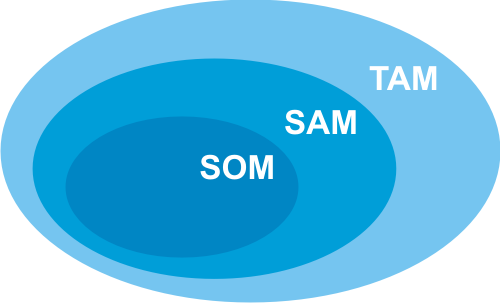Articles Description
Building a brand identity is a crucial part of any startup’s journey. A well-crafted brand identity helps establish credibility, makes a lasting impression, and connects with customers on an emotional level. While large companies might spend thousands of dollars on branding, many startups don’t have that luxury. The good news is that creating a memorable brand identity doesn’t have to be expensive. This article provides cost-effective strategies for developing a strong brand identity, focusing on three essential elements: your logo, color palette, and typography.
1. Designing a Simple, Memorable Logo
A logo is often the first thing people associate with a brand. Your logo should be simple, versatile, and representative of your brand’s values and mission.
-
Keep It Simple: A logo doesn’t need to be overly complex to be memorable. Think of some of the world’s most recognizable brands—Nike’s swoosh, Apple’s apple, and Twitter’s bird—all of these logos are simple yet iconic. Aim for a clean design that’s easy to recognize at a glance.
-
Make It Relevant: Your logo should reflect what your startup stands for. If your brand has a playful, fun personality, consider a logo with soft edges and vibrant colors. For a tech startup, a more modern, streamlined design might be appropriate. Think about the values and attributes you want your logo to convey.
-
DIY or Low-Cost Design Tools: You don’t need to hire an expensive designer to create a quality logo. Tools like Canva, Looka, and Hatchful offer affordable logo design options with templates to help you get started. If you’re willing to invest a bit more, freelance marketplaces like Upwork and Fiverr connect you with budget-friendly designers.
2. Selecting a Color Palette That Resonates
Colors are powerful emotional triggers that influence how people perceive your brand. When chosen carefully, your brand’s colors can enhance recognition and build a stronger connection with your target audience.
-
Understand Color Psychology: Different colors evoke different emotions. For example, blue often represents trust and reliability, which is why many tech and finance companies use it. Red can represent excitement and passion, while green often conveys growth and health. Choose colors that align with the emotions you want your brand to evoke.
-
Limit Your Palette: A cohesive color palette usually includes a primary color, a secondary color, and a few accent colors. Start with one main color that embodies your brand’s core message and add complementary colors to create balance and variety. Tools like Coolors and Adobe Color allow you to generate color palettes and find color combinations that work well together.
-
Consistency Across Platforms: Once you have your color palette, use it consistently across your website, social media, and marketing materials. This consistency builds brand recognition and reinforces the visual identity you want to establish.
3. Choosing the Right Typography
Typography, or the style of text you use, contributes significantly to your brand’s voice. Fonts convey different tones and play a key role in shaping your brand’s personality.
-
Choose Fonts That Reflect Your Brand’s Tone:
- Sans-Serif Fonts (e.g., Arial, Helvetica) convey modernity and minimalism, making them a good choice for tech or lifestyle brands.
- Serif Fonts (e.g., Times New Roman, Georgia) often feel more traditional and trustworthy, which can work well for educational or finance-related startups.
- Script and Decorative Fonts can add flair and personality but are best used sparingly as accent fonts.
-
Limit Font Choices: Aim to select no more than two to three fonts—a primary font for headings, a secondary font for body text, and, if desired, an accent font. Too many fonts can make your brand look inconsistent or overwhelming.
-
Use Free or Affordable Fonts: Websites like Google Fonts and Dafont offer a wide variety of free fonts. Google Fonts, in particular, is excellent for web usage as the fonts are optimized for digital display.
Combining Logo, Colors, and Typography: Creating a Cohesive Brand Identity
Once you have your logo, color palette, and typography, the next step is to make sure these elements work together harmoniously.
-
Create Brand Guidelines: A simple document that outlines your logo, colors, fonts, and how each should be used can be invaluable for ensuring consistency. This doesn’t have to be a formal design manual; even a one-page summary can help you (and any future designers) maintain a unified look across all brand assets.
-
Test Your Identity with Your Audience: Before finalizing your brand identity, test it with a small group of potential customers or stakeholders. Gather feedback on whether the visuals align with the brand values you want to convey and make adjustments as needed.
-
Apply Consistently: Once finalized, use your brand identity consistently on your website, social media profiles, and marketing materials. Over time, this consistency will help build brand recognition and trust with your audience.
Conclusion
Building a memorable brand identity on a budget is achievable with a thoughtful approach to your logo, color palette, and typography. By choosing elements that align with your brand’s personality and values, you can create an identity that resonates with your target audience and strengthens your market presence. With free or affordable tools, a little creativity, and consistency, you’ll have a professional brand identity that’s ready to grow with your startup.

 Madarek Article
Madarek Article

















